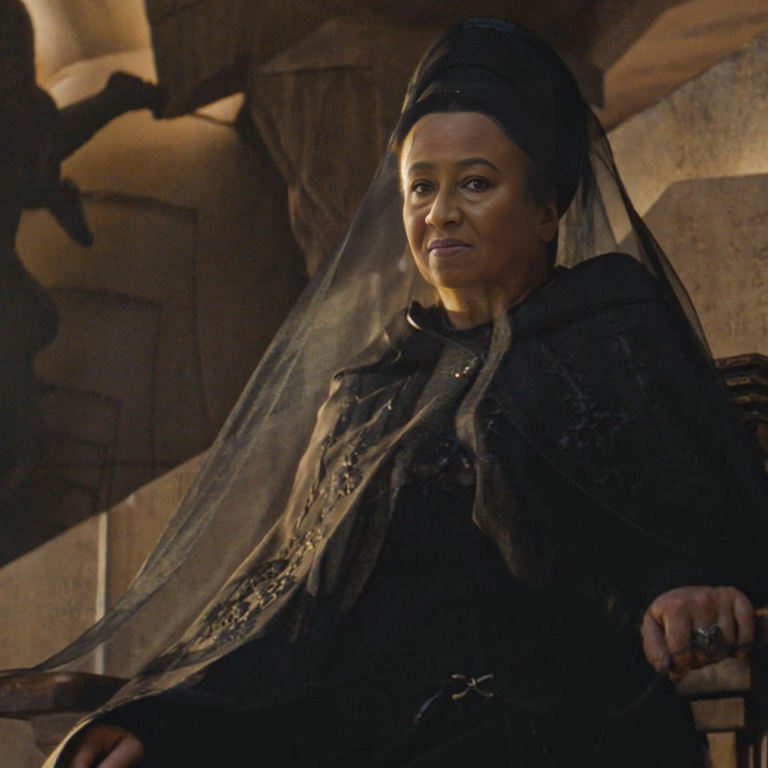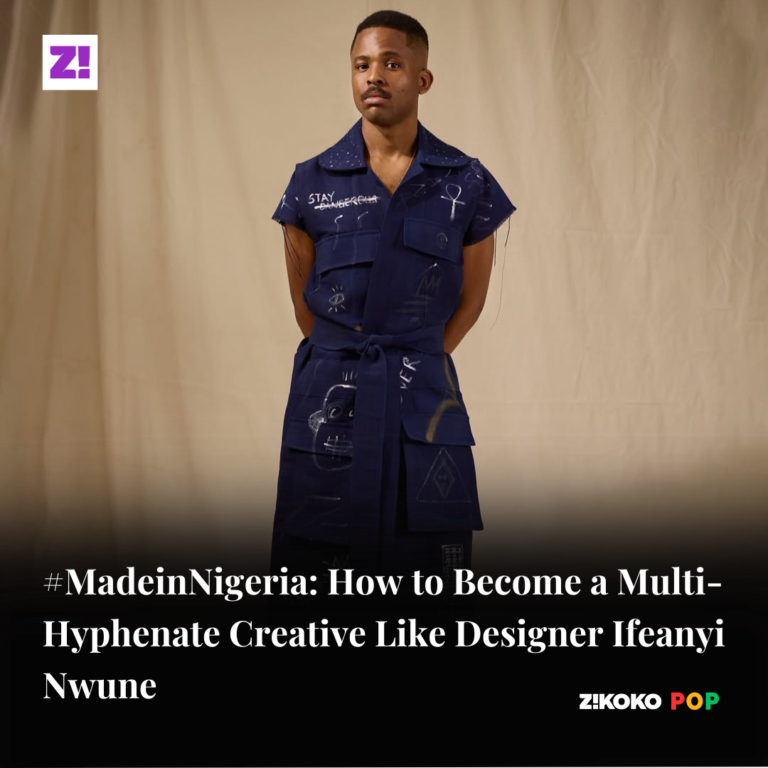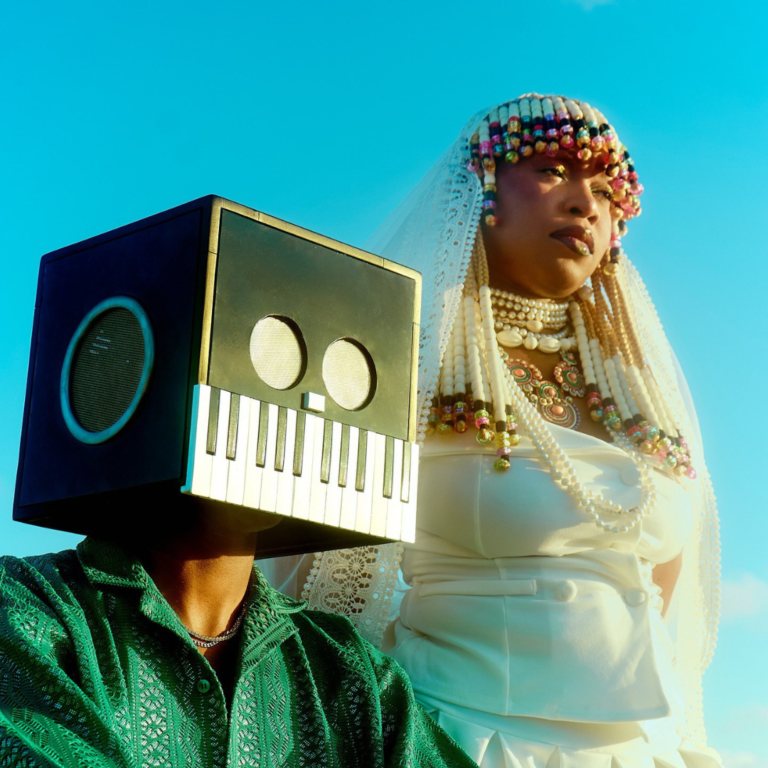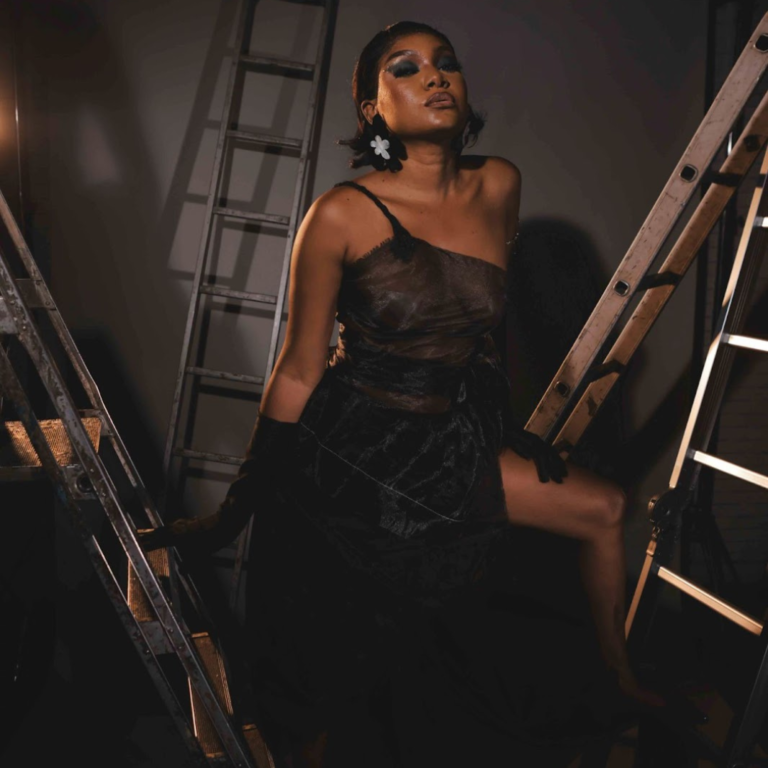Emily Nkanga started taking photos long before she got into the American University of Nigeria to study TV and Film in 2011. Back then, she had a tiny camera with which she took pictures of friends, family members, key moments on holidays.
Now, she is at the forefront of a new kind of photography boom for Nigerians globally. She has taken pictures of Olamide, J Cole, Joeboy, Alex Iwobi, and Thierry Henry.
Recently, she staged a solo exhibition at the Ibibio Unity Museum titled “Unyọñ Ufọk,” which means “going home” in Ibibio. It was the first solo exhibition at the museum and was open to the public.
In this week’s Made in Nigeria, she opened up on why she chose to stage the exhibition in Uyo, life as a commercial photographer, pandering to the white gaze and storytelling for social change.
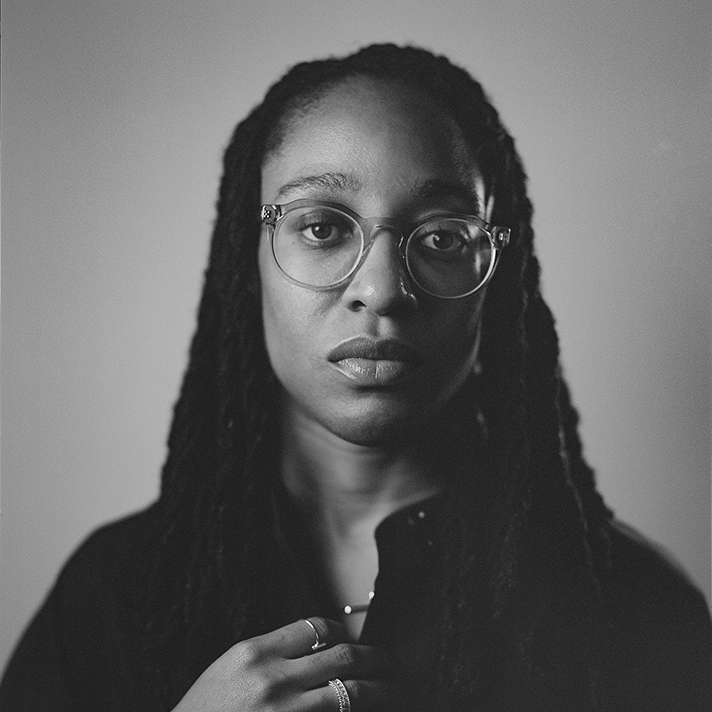
You just finished a solo exhibition in Uyo called Unyọñ Ufọk.” How was that?
It was great. It happened in four days. Some people wore their Sunday best because they came from church. I had images of our king. Many people had not seen him with the palace aid until that picture.
When they got the invite, many people didn’t understand what they were coming to do. But many of them left the space feeling inspired. What we wanted to do was sensitise the people with art.
If you do this in Lagos or Abuja, everyone understands what you want to do. But that’s not the case in Uyo. For instance, I was the first person to do a solo exhibition in the museum. People typically just come around for the artefacts. They had never had an artist do a solo exhibition.
The boxer who won gold for the state was there. Her mother was so happy to see her picture hanging in the museum. That is what this is about.
How did you get into photography?
I’ve always taken images. Even before university, I had a point-and-shoot camera that I used to document my graduation period. I almost got expelled for having it because it was contraband. People in my hostel had phones, and that was not allowed. So they held on to the camera and gave me a few days to graduation.
I went to a military school, Airforce Girls, in Jos. Because it was a military school, you had to wear a ceremonial outfit. You got to do all these activities for a whole week leading up to graduation. It’s just like that free time of you no longer being a student. There are no more exams to write. You get to match. You have graduation parties, and I just wanted to document it.
I don’t know where it is now, but in recent years, I’ve come across a drive with some of those images, and I was just like, “My early years of photography,” because what I was doing was documentary.
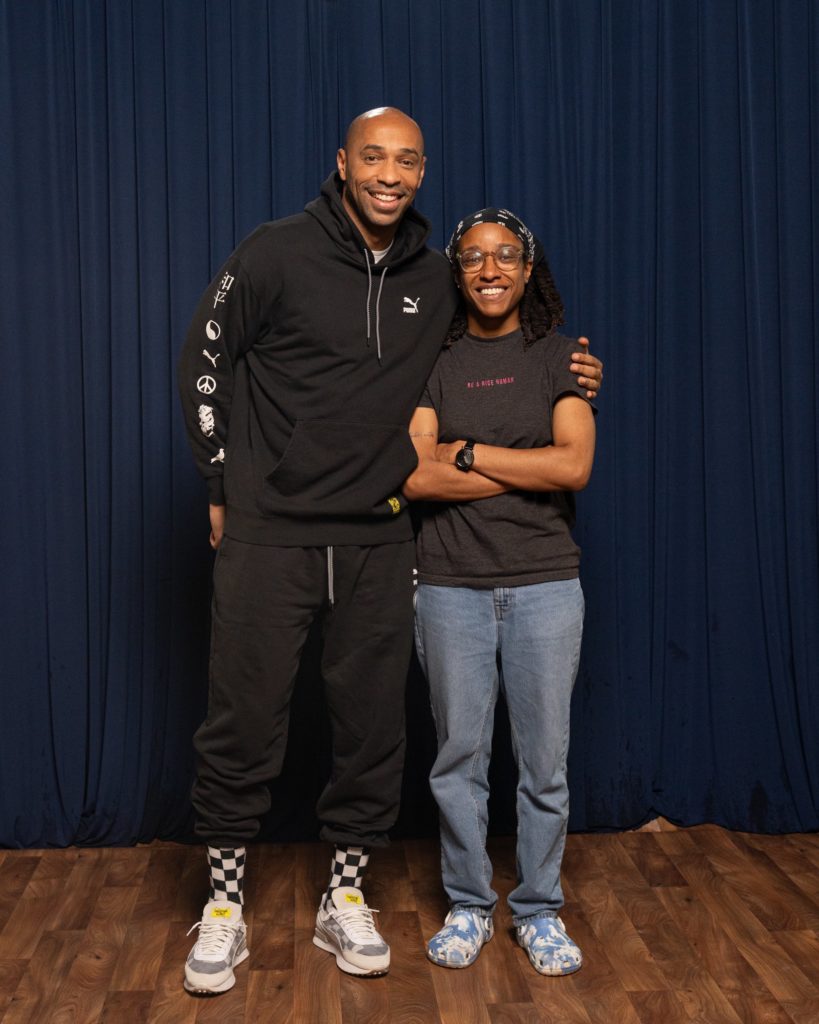
When did you start to take it seriously?
When I got into university, I met a photographer. She saw some images that I’d just taken on holiday. I was studying TV and film, and she told me to take photography very seriously because it would help me in the course I wanted to do. By my second semester, my dad bought me a small Canon camera that I used for years, even after graduation.
A lot of my early images of Olamide I took them on that camera. Within a year, my classmates asked me to take images for them. We had some that were musicians, and they were like they were about to release this song can I take pictures for the album art or help them design it? Even though the designs were shit, I was doing it.
When did you begin to go pro?
After a while, I started taking pictures for the school. I spoke with the school’s photographer at the time, who was not a student. He introduced me to lenses. And then, I went for my industrial training (IT), in my third year. My course professor then allowed me to go to Lagos to intern with August Udoh. He was the big photographer then and had done cover art for Olamide. I messaged his manager, Ayo Obit, on Twitter and told him that I was a student and needed an internship, and he just let me.
It was through the internship that I met Olamide, Patoranking, during his Alubarika days, and a number of artists. It was the turning point because I learned what commercial photography was, how to use lighting, documentaries. By the time I came back for my final year, I remember my professor asking me to take a class on photography. It was a course I was also taking.
When did you start to do photography for musicians?
For my internship program, I had to do a photography project on my own. I had a friend who I met during my IT who was friends with Sarz and was able to get him to come to the studio to be my subject. It was a really good image and was one of his leading press images that people were using.
Then, I started taking pictures during December events. I used to hop to events, and Osagie Osarenkhoe would take me to many events where her artists performed. She was managing Skales, and he had come to my school to perform. I networked with his road manager, who connected me with her.
Sometimes I’ll be at three events in one night. I remember Bizzle Osikoya seeing me at one event and calling me MTN because I was everywhere. I was young and having fun.
I went to the GTBank End of Year party and took a picture of Olamide performing. Even though he had met me during my IT with August, we had no connection then. I posted it and tagged him, and he messaged me and said he had this show. It was the first Olamide Live in Concert (OLIC), and that was how I started working with him. I did all the OLICs. Olamide paid me the highest I had been paid at the time. It was more than ₦100,000.
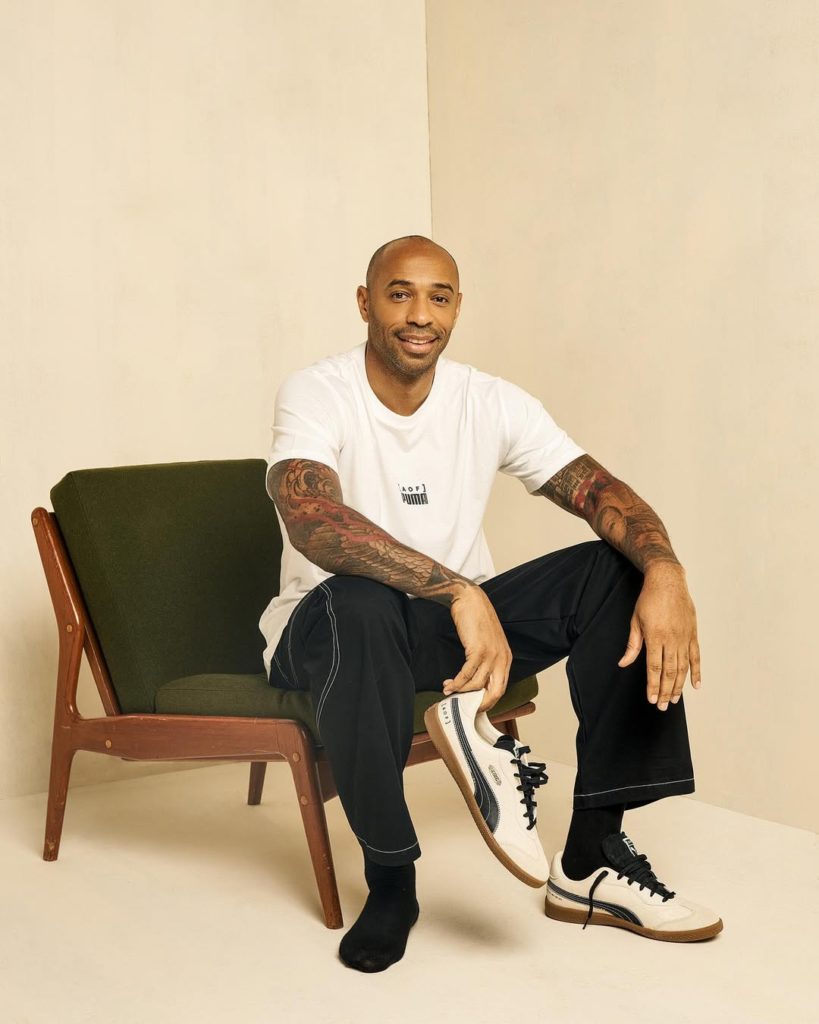
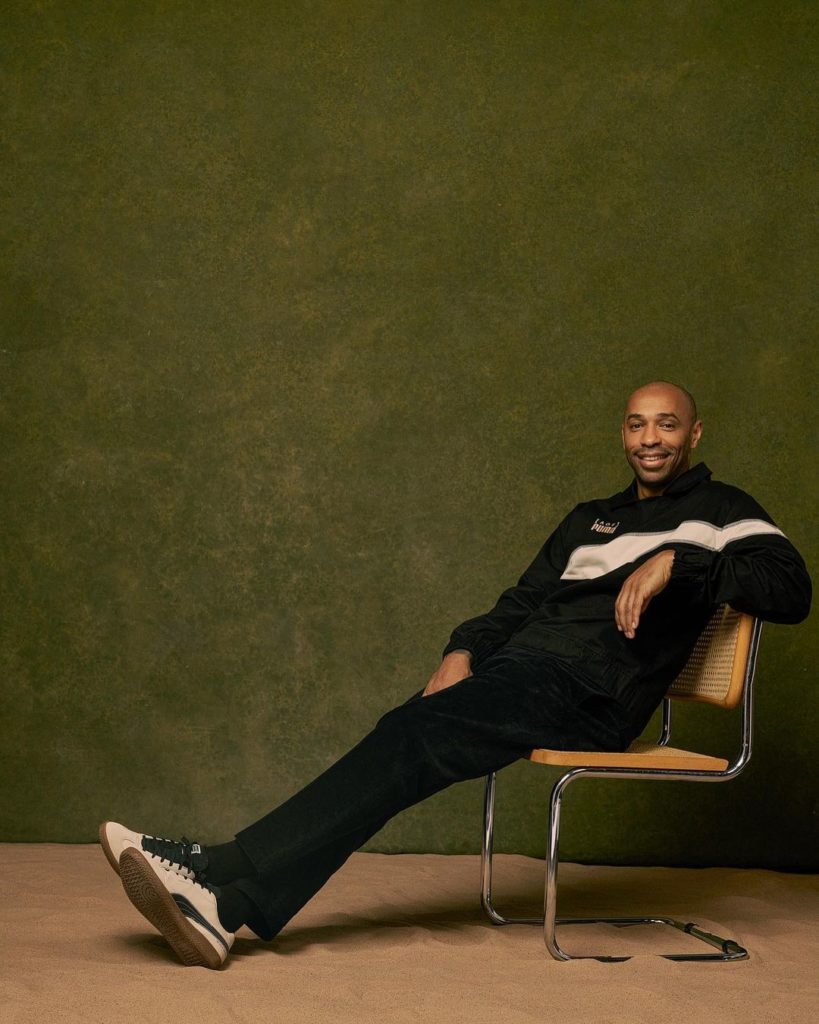
How do you navigate working in an industry where many photographers have to chase artists to pay them?
Never ever was there a time when I had to call Olamide to say you’ve not paid me. With other artists? We won’t name names, but there were different times when I had to ask, “What is happening here?”
One happened recently. They weren’t paying up but had used the images for the cover art for one of their artists, and Osagie had to call them and say, “You need to pay this babe.” They had been staling for months, but once Osagie called them between 12 hours, they paid me.
Sometimes I had to use lawyers to chase them. I had a lawyer on retainer because of shit like this.
You went back to school for a master’s at Goldsmith College. What was that experience?
It was silly expensive. I paid £22,000. I’m a British citizen, but because I had not lived in the country for three years prior, they gave me international fees. There was somebody in that course I found out paid £7,000.
It was a mixed bag. I’ll say that was my first foray into film photography. The exhibition in Uyo had 20 images, 18 of which were taken on film. That is how much I’ve grown in shooting on film. I can comfortably shoot on film without seeing what it is, but I know that when it comes back from the lab, I’ll be comfortable with the results. That was not even something I was taught in the course, but my peers knew much about film and were actively shooting on it. We were about 15 in my course.
That was aslo the first place I realised I was Black and African. There was a Black American in the class, and that was the only guy who gave me grief during the course. We had to collaborate and share equipment. And he didn’t want to share
When people went home for holidays, I was working with a musician who was on tour. That was also the time I was beginning to get depressed about having to find new friends. But everybody was an adult and had made friends, and it was hard to penetrate.
How will you say the Nigerian photography ecosystem has changed over the years?
There were not as many internationally recognised photographers as there are now. The world has opened up more to Nigeria-based photographers, and these are not the ones doing work abroad. We see more collaborations across the broad. With technology, the world now has access to actual creative Nigerians.
Even with the talents in the country, their photography has improved, as has access. They can now measure up with many of their contemporaries. We see a lot more beautiful images coming out of Nigeria. Look at Daniel Obasi, Stephen Tayo, Rachel Seidu, Yagazie Emezi—they are doing fantastic work.
A lot of people also know their rights. In the beginning, I had to argue for little things like credit. Some people will cut out my watermark. It used to piss me off.
Some people have this notion of, “Ooh, I paid you,” but there are different usages. There is a situation where you can pay me ₦50, and the deal is if you use it, you credit. If you don’t want to credit, then you pay ₦150. But a lot of people will only pay ₦50 and not want credit. That’s not the deal for that licensing. I’ve always been interested in the business side of filmmaking. I took the Law of Photography as a course. I did this because I really wanted to understand what my rights and boundaries are.
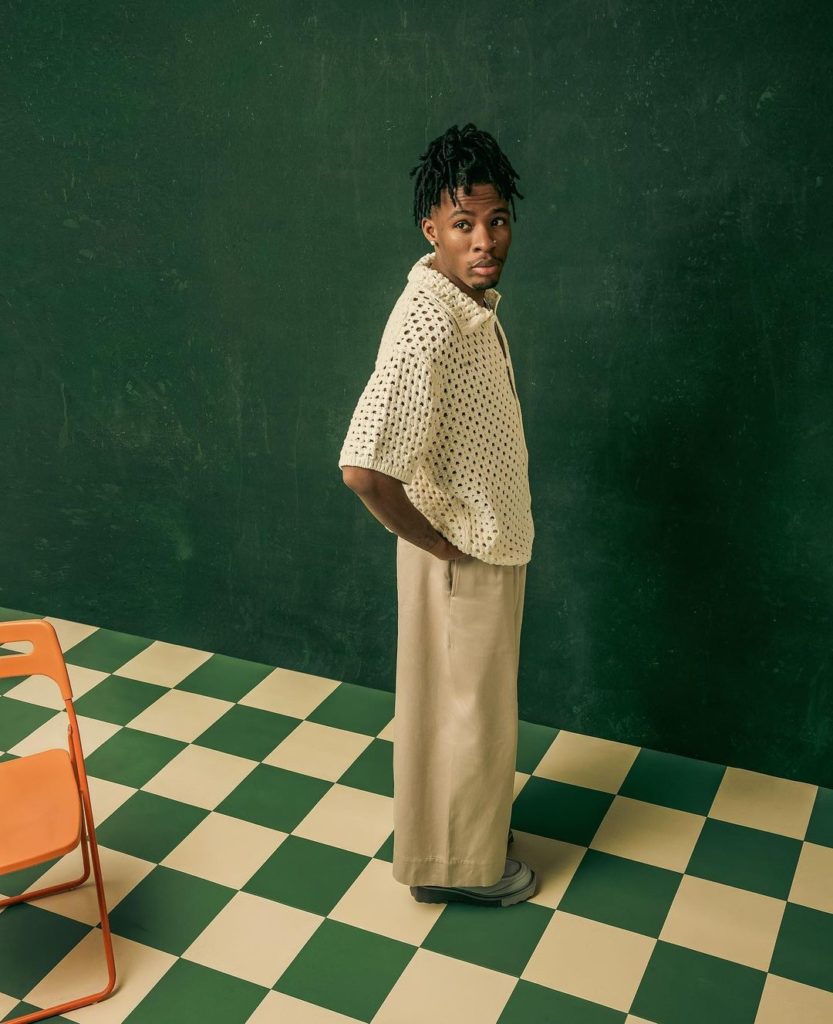
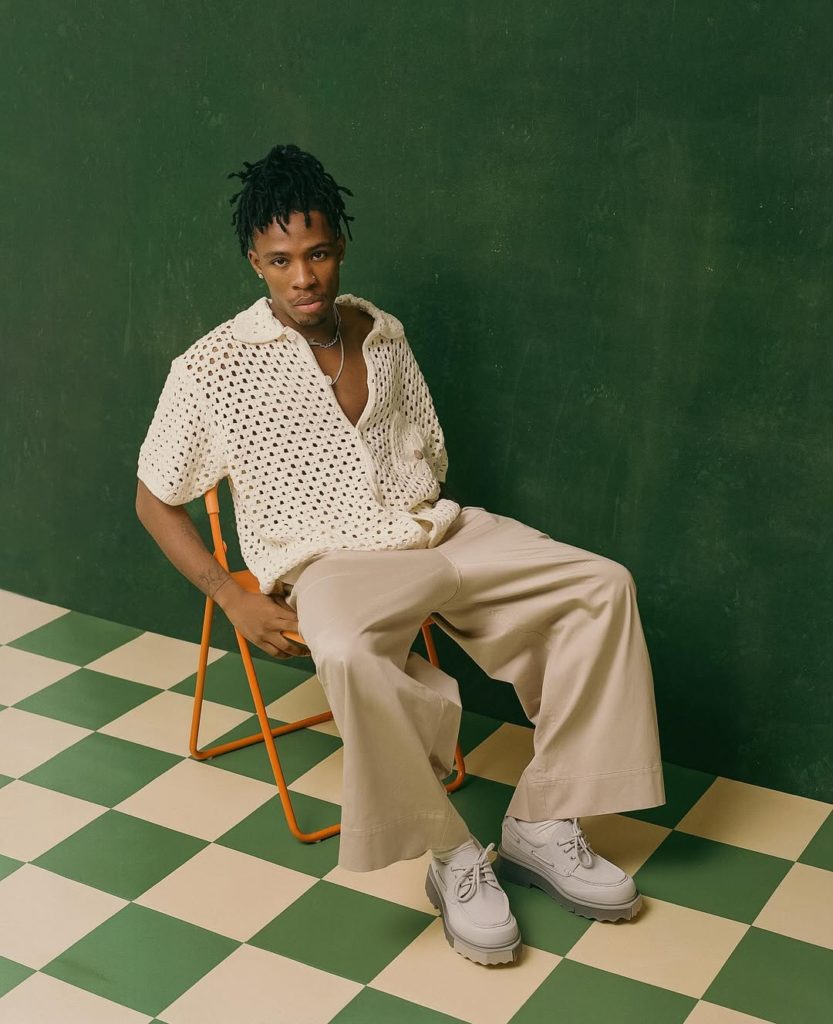
Your photography is never as raunchy as one might find celebrity photography. Is that deliberate?
I think it’s more of interest. Even if I do portraiture or commercial work, I’m interested in real life, in connecting, social impact, international development, which is something that crosses over to my documentary work. Even when I do filmmaking, you’ll always see that real-life element across the board. But also, for reasons not known to me, I’ve not shot a lot of women. I guess it’s just what comes to my table.
Many photography works have focused on the poverty and negative aspects of Nigeria. Critics have said those works pander to a white gaze, and photographers must do them to break through internationally. What do you think of this?
I think it’s 50/50. There’s definitely an audience that panders to a white gaze. But I don’t think that is entirely true that it’s the only thing that breaks through. Even over here, the stories that you see as sexy are more like tabloids, even within their own community. You won’t see the Financial Times doing those kinds of stories. Even if it’s a woman, they are showing her in a powerful light and a more social impact light.
I genuinely don’t like poverty porn stories, and I know that there are some people that pick up those stories. This is why I’m not neglecting the fact that there is that gaze. But a lot of us pick up the meaningful stories.
My work has been deliberate, and I have tried to do work that interests me. I did a thing on IDP camps for my bachelor’s project at ABU, which was published in Tailor and Frances, a prestigious academic journal.
I did it because a lot of the time, they were talking about the number of people who died but not who they were or how they lived. So I went there and spoke to their families.
Even my first narrative, Yam and Egg, which screened at AFRIFF, follows the aftermath of the #EndSARS protests. People say, “Oh, soldiers just killed people,” but what about the people who were traumatised by this? People who loved people? It’s a sad story, but it’s about sensitising people to real human stories.
There are real negative things happening in our society, whether we like it or not. But it should not be the only project that you do every time. It’s even worse when I see white people coming to tell these stories. When they edit it, they make it really gritty. Go to your country and talk about the people suffering there. They might not be many, but some people are suffering there.
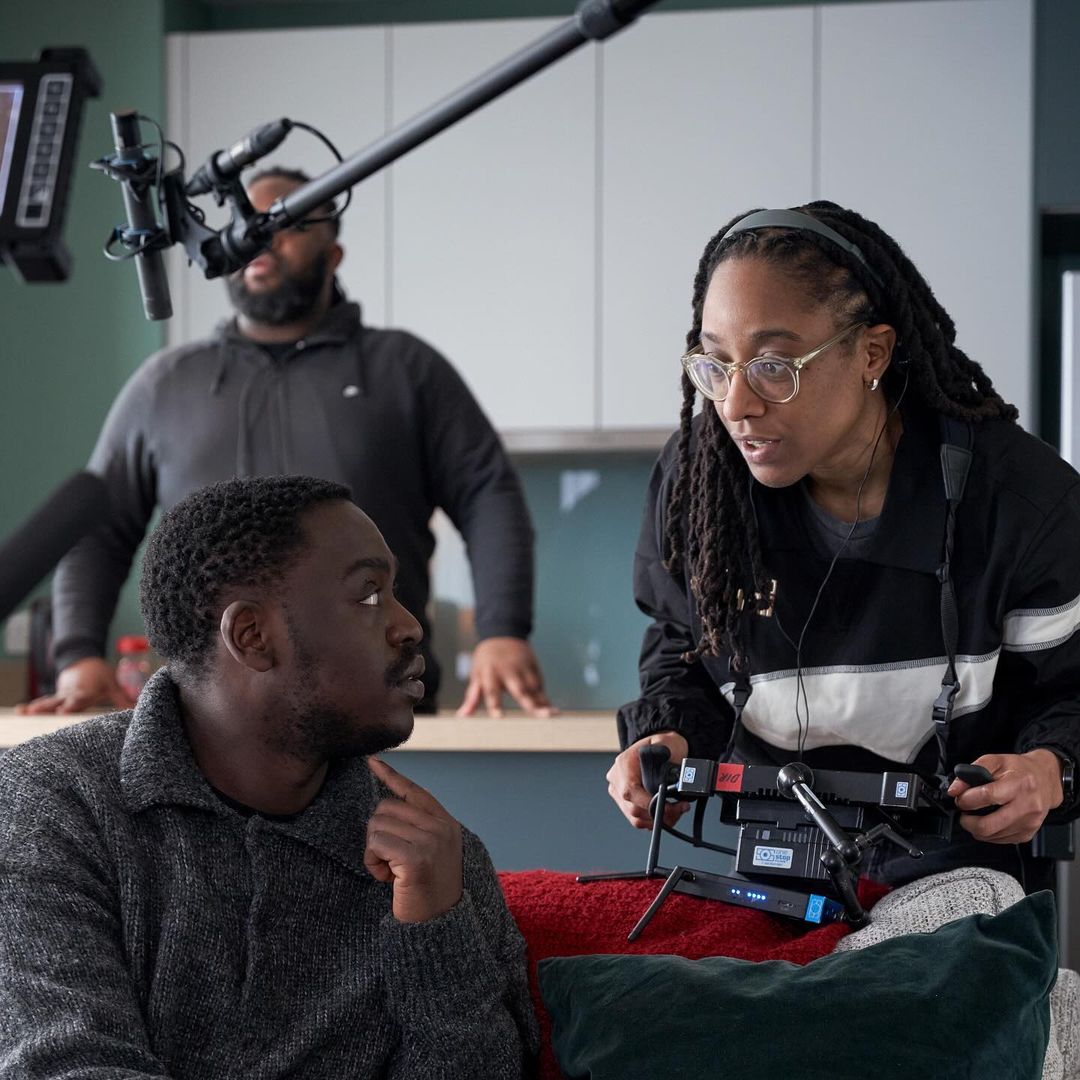
Where do you see yourself in 10 years?
You’re asking me to be God because I don’t know. It’s interesting because when I was younger, I saw myself where I am right now. I remember in secondary school saying I wanted to be living in London and working. But I’ve come to a point where I don’t want to play God. But I want more films. I want to talk about our society. I want to tell stories that matter to me on a global scale.

